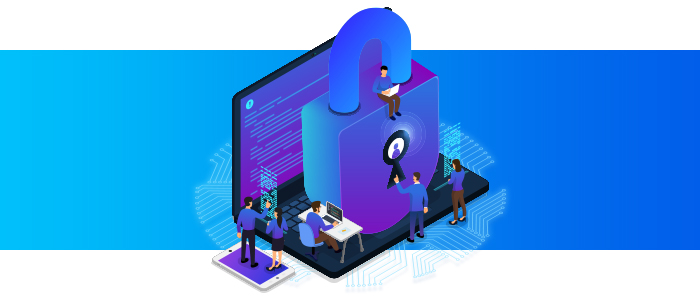
Multi-Factor Authentication 101
You have probably already come across the term multi-factor authentication. The concept is not new, but has caught on really quick of late. In this post, we will discuss what multi-factor authentication is and why you should be adopting it.What is multi-factor authentication?
Multi-factor authentication is basically the use of more than one credential to gain access to data. It is a combination of multiple access credential types. For example, instead of gaining access to an email account by just typing your username and password, you will be asked to further verify your identity by entering some other information, such as a pin or a one-time password (OTP) that was sent to the phone number linked with the email address you are trying to log into.
Why do you need multi-factor authentication?
Multi-factor authentication offers an additional layer of security. Simple access control measures such as logging in with user ID and password are increasingly being breached by cybercriminals because no matter how much we condition ourselves to follow good password hygiene, sometimes, we slip up. Have you ever been guilty of
- Writing down your password so you don’t forget it
- Sharing your password with someone just to get the work done faster
- Used the same password for multiple accounts just because it is easier to remember
- Creating a password that was obvious/easy to figure out. Examples include your date of birth, numbers or letters in sequence, your name, etc.,
How does multi-factor authentication work?
The working of multi-factor authentication depends on a combination of the following 3 elements.
- What you know
- What you have
- Who you are
Multi-factor authentication is no guarantee of data safety, but it certainly reinforces your data security. While there are tools available in the market that you can purchase and deploy, you could also connect with an MSP to help you implement multi-factor authentication across your network smoothly.


Comments
Post a Comment